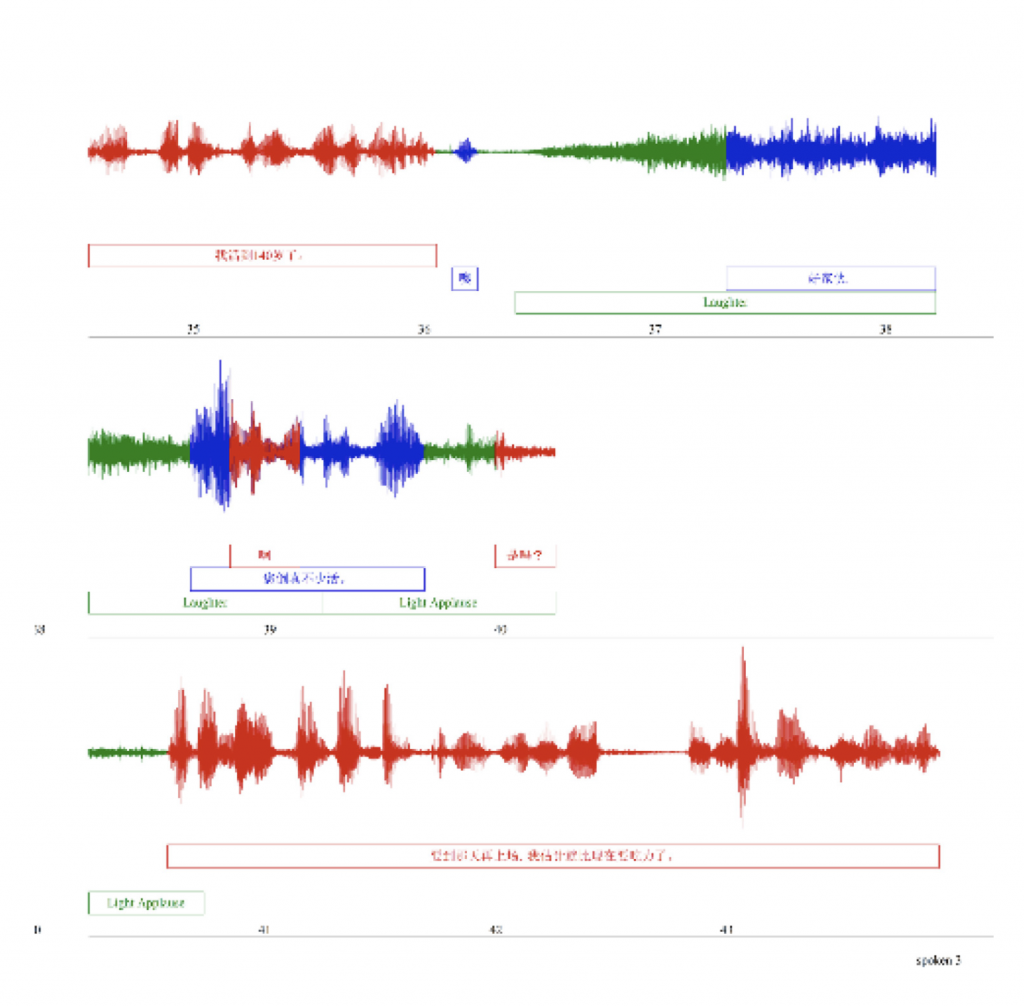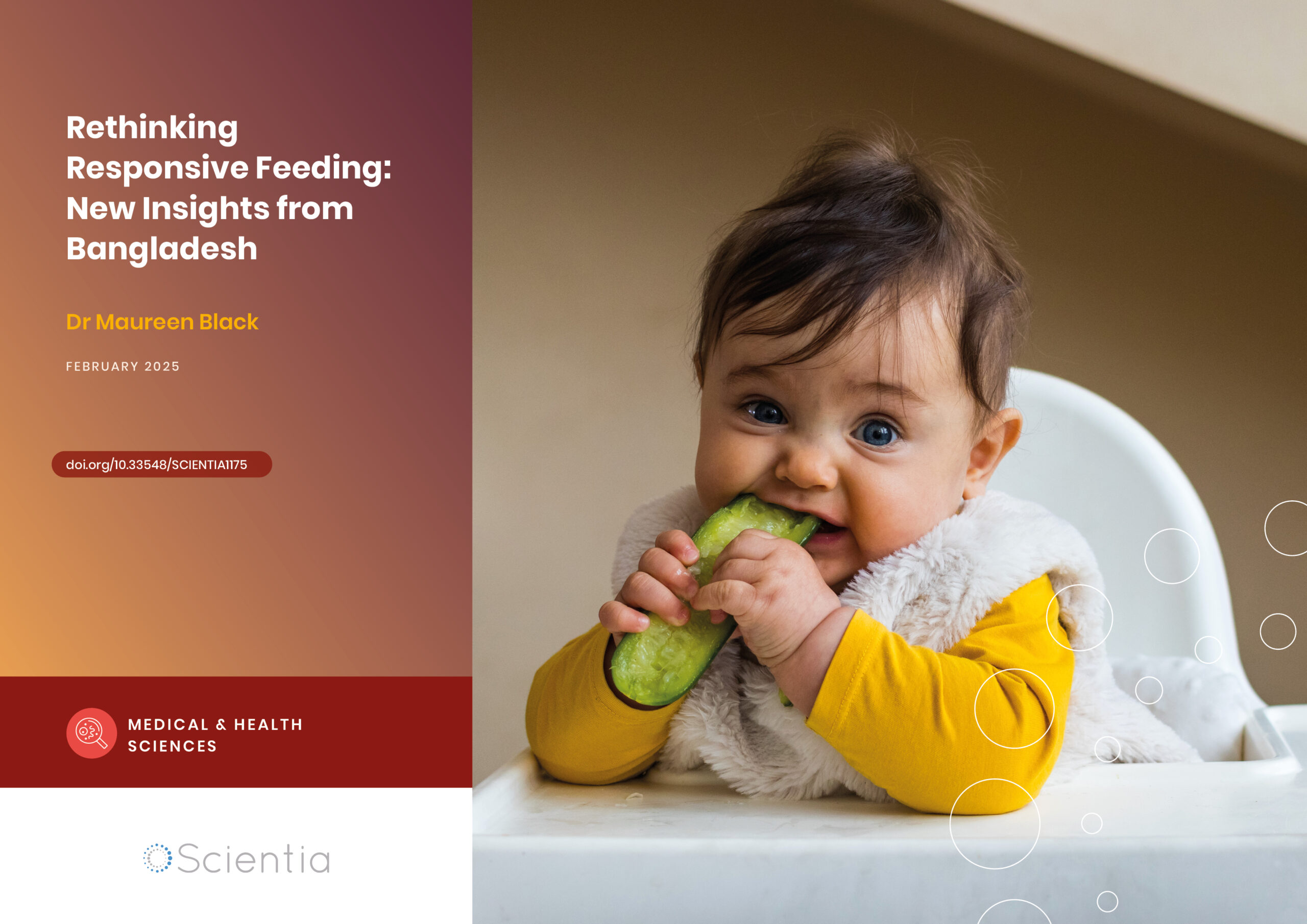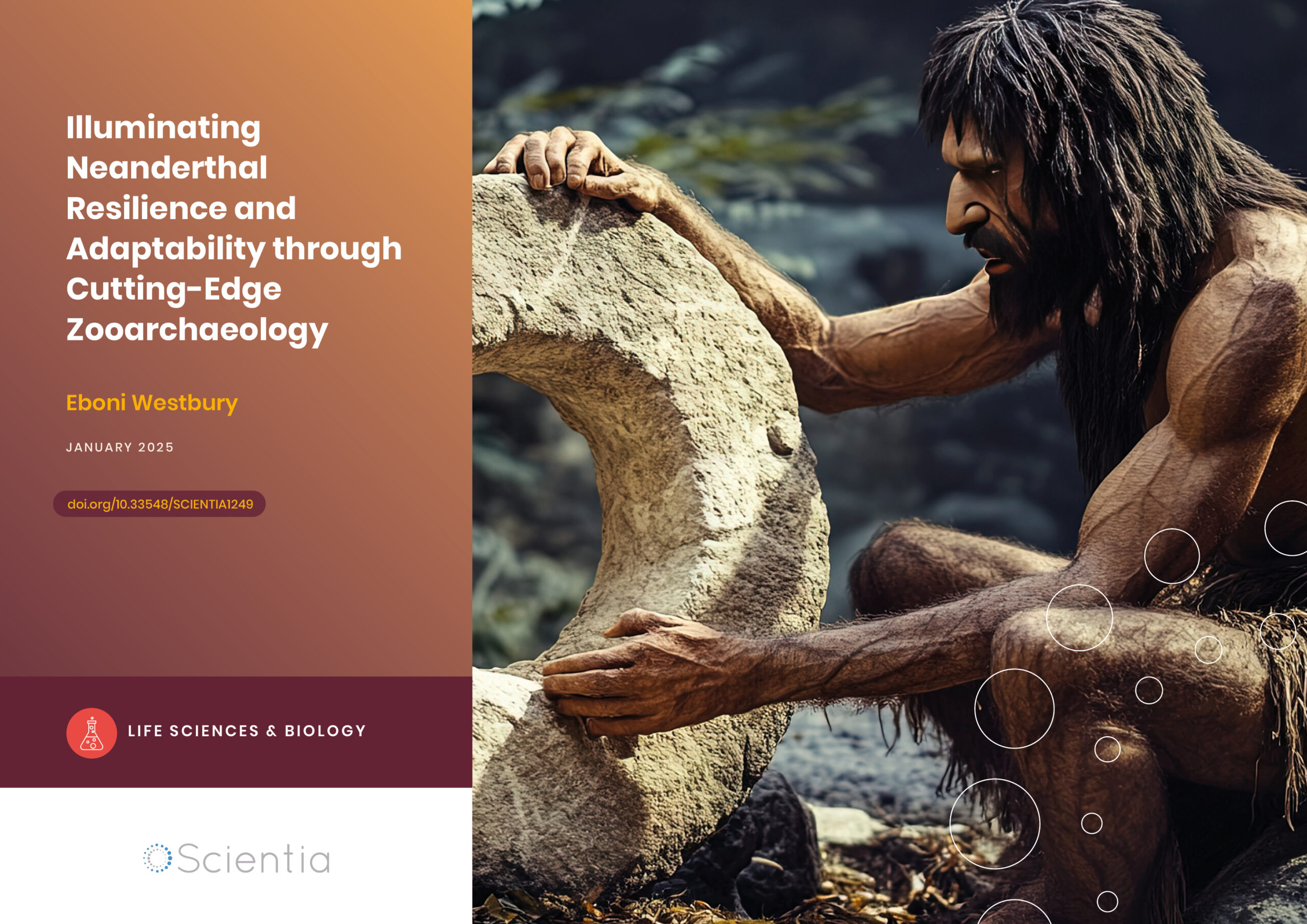Dr Francesca Lawson – Singing and Speaking: The Complex Intertwining of Music and Language
Dr Francesca Lawson from Brigham Young University has spent the last few decades researching the relationship between music and language. She has looked beyond Western culture and conducted many studies in the People’s Republic of China, focusing on music- and speech-based performance. Dr Lawson’s most recent work demonstrates how musicality is important in underpinning our communication, highlighting that when attitudes align, speech becomes rhythmically and musically coordinated.
Researching Speech and Song
Over the last few decades, Dr Francesca Lawson from Brigham Young University has studied the relationship between music and language. As a musician herself, she is keen to understand how our two most fundamental forms of communication relate to each other. Dr Lawson believes that studying speech and song in different cultures helps to enrich our knowledge in this field. As she explains, ‘Musicality – the biological phenomenon that undergirds both music and language – is one of the most overlooked areas of human communication because it happens so quickly that we are unable to detect it.’
Dr Lawson’s takes a pioneering approach to her research by looking beyond the boundaries of Western music. Since the mid-80s, she has undertaken a wealth of research in the People’s Republic of China, with a particular focus on how the Chinese understand and articulate music and language in vocal performances.
The Chinese language is well suited to this type of research because it is tonal, meaning that that the tone or pitch of a syllable determines its meaning and distinguishes words. This can make singing complex, as the melody may conflict with the linguistic tone of the lyrics. Chinese culture features many different types of performances that incorporate both speech and song, including rapid poem recitals and long storytelling ballads. Dr Lawson has recently taken a more empirical approach to her research, utilising acoustic analysis software. Without this, she would have been unable to detect some of the nuanced interplays between speech and language in Chinese performances.
Biology versus Technology
There are two opposing perspectives around whether music represents a biological adaption or a technology and scholars from different disciplines disagree about its origin. The biological argument claims that using music within communication has adapted or evolved as part of natural selection to benefit human functioning. An example of this is the engagement of rhythmic and musical interactions between a mother and child, which may have helped improve maternal success and infant survival. The opposing argument is that music is a transformative technology, meaning it is something that humans have invented to improve their experience or quality of life but is not an adaptive trait in terms of our survival.
Dr Lawson’s research into northern Chinese shuochang or ‘speaking-singing’, supports the notion that musical communication might be an adaptive trait that has evolved for our benefit as it appears to display some characteristics consistent with communicative musicality. In addition, she believes it is also an example of transformative technology. Dr Lawson suggests the desire to technologise music and language may also come from a biological predisposition for pleasure.

The Complexities of Acoustic Analysis
Research in relation to music and speech can be a complex process, particularly the analysis. The traditional approach is for a researcher to listen to recordings and make transcriptions that compare elements such as melody, tone, embellishment and pace. Dr Lawson has taken a proactive approach to investigating if technology could help to advance research in the field of ethnomusicology. In some of her recent research, Dr Lawson has employed the use of acoustic performance software. One of its first uses was to help compare vocal signature or singing style within Chinese narrative performances.
In the early part of the twentieth century, narrative performances were one of the most prominent forms of entertainment in China. The performers were originally male but are now predominately female. This shift was likely due to the emergence of feminist movements and the founding of the new Chinese Republic. It was also the catalyst for the first female singer to establish her own Chinese singing school, something previously only done by men.
To determine if unique traits in music are passed on to subsequent generations, Dr Lawson compared recordings from two prominent singing schools. One was originally founded by a woman and the other by a man (although there are no longer many male singers).
Acoustic analysis software was used to compare the pitch and duration across a number of recordings, while also undertaking some more traditional analysis. Dr Lawson found there were many similarities between the male and female teachers from the two different schools, despite the fact that they taught different singing styles. Even more surprisingly, the students – all of whom were female – showed greater differences compared with their teachers than observed between the two teachers themselves. Dr Lawson speculates that this is an indicator of students wanting to establish vocal distinctness from their tutors in a newly emerging, competitive field of primarily female performers.
Despite this unexpected outcome, this study successfully demonstrated the effectiveness of using acoustic analysis software in this field of research. Importantly, Dr Lawson concluded that the software was able to detect nuances that are unattainable through traditional transcription.
‘Musicality – the biological phenomenon that undergirds both music and language – is one of the most overlooked areas of human communication because it happens so quickly that we are unable to detect it.’

The Role of Musicality in Communication
An important aspect of Dr Lawson’s research is how musicality underpins our ability to communicate verbally through speech and song. Researchers have previously focused on the way we move, talk and gesticulate but until more recently had not looked at music as an explanation for our patterns of speech and language. Linguists and sociologists have studied infant-mother relationships and acknowledged musicality as a form of communication. Scientific scholars tend to look at the biology behind musicality. In humanities, the research is often focused on cultural differences in creating and performing music.
Dr Lawson hopes that finding commonality between the musicality of speech and song could help to enrich our knowledge about both music and language, and so further encourage healthy debate. Previous research undertaken at the University of Cambridge has paved the way for this by revealing that in certain contexts, speech and song involve common processes. This demonstrates an attitudinal alignment between speakers.
Chinese Crosstalk
Dr Lawson has undertaken further research using Chinese musical performance to demonstrate how musicality underpins our communication by looking at Chinese crosstalk. Chinese xiangsheng or crosstalk is a comedic dialogue that is part of the shuochang (‘speaking-singing’) tradition in north China. It is a short vocal performance involving interaction between speech and song. Traditional crosstalk consists of four parts culminating in a punchline that typically catches the audience by surprise. Although appearing unrehearsed, it is usually scripted. While crosstalk is presentational in its style, it elicits loud and enthusiastic vocal responses from the audience, creating a mix of both presentation and participatory dialogue and interaction.
To explore this, Dr Lawson used a YouTube video of a popular crosstalk performance called ‘A Carefree Life’. This involves two famous performers; Guo, the ‘joke-cracker’ who is nonsensical and ridiculous, showing disregard for Chinese elite culture and Yu, the ‘joke setter or straight man’. They battle against each other to perform a notoriously high-pitched Beijing opera aria, which results in some comedic musical performances. Their routine receives a rapturous response from audiences and unlike Western performances, the audience is much more likely to get involved vocally.
Analysis of the performance was undertaken using acoustic software. Dr Lawson concluded that crosstalk does a good job of demonstrating that music and language are two essential components of the human communicative repertoire. While speech is more dominant, the songs are integral to the performance. She notes that musicality is particularly apparent in the way the actors relate to each other in both spoken and musical forms throughout the performance. The back and forth between performers and audience members provides additional musicality. This appeared to be most prominent at the end of the sung elements, the more emotional parts of the performance.
These findings raise the interesting question of whether a strong emotional connection might increase musicality. Dr Lawson believes this requires further investigation but maintains that her study demonstrates that music and language are relevant to scholars from both scientific and humanistic backgrounds.

Illustration of audience laughter (green) at Guo (red) in the top
line contributes to Yu’s response (blue), which, in turn, contributes
to more audience laughter at the beginning of the second line.
Reproduced under the Creative Commons CC-BY-NC license from
FRS Lawson, et al., When Audiences Become Performers and
Speech Becomes Music: New Tools to Analyze Speech, Song, and
Participation in Chinese Crosstalk, Music & Science, 2020.
Audience-Performer Dynamics
A further aim of Dr Lawson’s research was to understand the dynamics between the audience and the performer in speech and song. Her research into Chinese crosstalk uncovered that the responses from the audience often attempted to match the pitch of the previous utterance. As expected, the actors Guo and Yu matched pitches during their aria performances as well as at other times. In addition, the audience also attempted to match pitches with the performers, who in turn attempted to match their pitch. This happened spontaneously, particularly through the final scenes.
When the audience’s attitudes aligned with the performers, their speech became rhythmically and musically coordinated. Dr Lawson proposes that ‘pitch mutuality’ is an appropriate term to describe the interaction between the performers and the audience. She believes this work helps to demonstrate that speech and music are not separate domains. This pitch mutuality reinforces the relationship between speech and music, and between both performers and audience members. It seems that when intertwined, music and speech are an integral foundation for our communication. Dr Lawson’s research demonstrates the strength of this inter-relationship but also the importance of looking beyond Western culture to enrich our understanding of music cognition.
Reference
https://doi.org/10.33548/SCIENTIA733
Meet the researcher

Dr Francesca R. Sborgi Lawson
Department of Comparative Arts & Letters
Brigham Young University
Provo, UT
USA
Dr Francesca Lawson is the Marshall Professor and a Fellow at the Humanities Center at Brigham Young University. She received her undergraduate degree in harp performance from Brigham Young University, a master’s degree in ethnomusicology from the University of California at Los Angeles and a PhD in ethnomusicology from the University of Washington in Seattle. Formerly the Humanities Professor of Ethnomusicology, she is currently the Section Head of Interdisciplinary Humanities in the Department of Comparative Arts and Letters at Brigham Young University. Dr Lawson has undertaken a wealth of research focused on the inter-relationships of language and music in Chinese narrative arts. Her ongoing research interests include the interplay between music and language, the cultural and biological implications of the gendered voice, and the divergence between cultural and neurological perspectives on music and consciousness. She continues to pursue research that addresses the boundaries between music and science.
CONTACT
E: Francesca_Lawson@byu.edu
W: https://hum.byu.edu/directory/francesca-lawson
KEY COLLABORATORS
Joshua David Simms, PhD student, Indiana University, Bloomington
John S. Lawson, Emeritus Faculty, Department of Statistics, Brigham Young University
FUNDING
College of Humanities, Brigham Young University
FURTHER READING
F Lawson, Hidden Musicality in Chinese Xiangsheng: A Response to the Call for Interdisciplinary Research in Studying Speech and Song, Humanities and Social Sciences Communications, 2020, 7(24), 1–9.
F Lawson, J Lawson, J Sims, When Audiences Become Performers and Speech Becomes Music: New Tools for Analyzing Speech, Song, and Participation in Chinese Crosstalk, Music & Science, 2020 3, 1–18.
F Lawson, S Nissen, The Significance of the Vocal Signature in Chinese Narrative Performance: A Look at Pitch and Duration Using Praat Acoustic Analysis Software, Analytical Approaches to World Music Journal, 2018, 6(2), 1–15.
F Lawson, Is Music an Adaptation or a Technology? Ethnomusicological Perspectives from the Analysis of Chinese Shuochang, Ethnomusicology Forum, 2014, 23(1), 3–26.

Want to republish our articles?
We encourage all formats of sharing and republishing of our articles. Whether you want to host on your website, publication or blog, we welcome this. Find out more
Creative Commons Licence
(CC BY 4.0)
This work is licensed under a Creative Commons Attribution 4.0 International License. 
What does this mean?
Share: You can copy and redistribute the material in any medium or format
Adapt: You can change, and build upon the material for any purpose, even commercially.
Credit: You must give appropriate credit, provide a link to the license, and indicate if changes were made.
More articles you may like
Rethinking Responsive Feeding: New Insights from Bangladesh
Feeding young children is a complex and nuanced process that goes far beyond simply providing nutritious food. How caregivers interact with children during mealtimes can have profound effects on eating behaviours, growth and development. An interdisciplinary team of researchers in early child health, nutrition, and development from RTI International, University of North Carolina-Chapel Hill, and the International Centre for Diarrhoeal Disease Research, Bangladesh, conducted groundbreaking work to refine our understanding of responsive feeding – the back-and-forth process between caregivers and children during mealtimes. Their research in Bangladesh provides new insights into measuring responsive feeding behaviours and highlights the importance of considering the emotional context of meals.
Renewable Fuel for a Generation of Green Batteries
Revolutionizing energy production has been integral to combatting climate change and reducing our dependence on limited natural resources, but complementary advances in energy storage have been lacking. Dr Thomas Guarr and Dr David Hickey from Michigan State University lead their team in investigating a counterintuitive molecular mechanism which could support a wave of green, renewable, and cheap batteries. If practical, this technology might be the crucial leap towards an entirely green energy system.
Illuminating Neanderthal Resilience and Adaptability through Cutting-Edge Zooarchaeology
Neanderthals, our closest extinct human relatives, have often been portrayed as brutish and primitive compared to modern humans. But new research is shedding light on their true capabilities. Eboni Westbury from the Australian National University is part of a team investigating how Neanderthals adapted and thrived in challenging Ice Age environments. Their work at the Abric Pizarro rock shelter in Spain reveals new insights into the complex behaviours and survival skills of these ancient people.
Cancer Under Pressure: Managing Malignant Spinal Cord Compression
Malignant spinal cord compression is a common complication of advanced cancer, which can lead to major health problems if it is not discovered and treated urgently.
Professor Michael McKay is based at the North West Cancer Centre in Tasmania, and specialises in radiation oncology. He carries out vital research into how this potentially life-changing condition can be managed with radiotherapy and other approaches to identify the best evidence-based therapies for patients with this devastating diagnosis.




